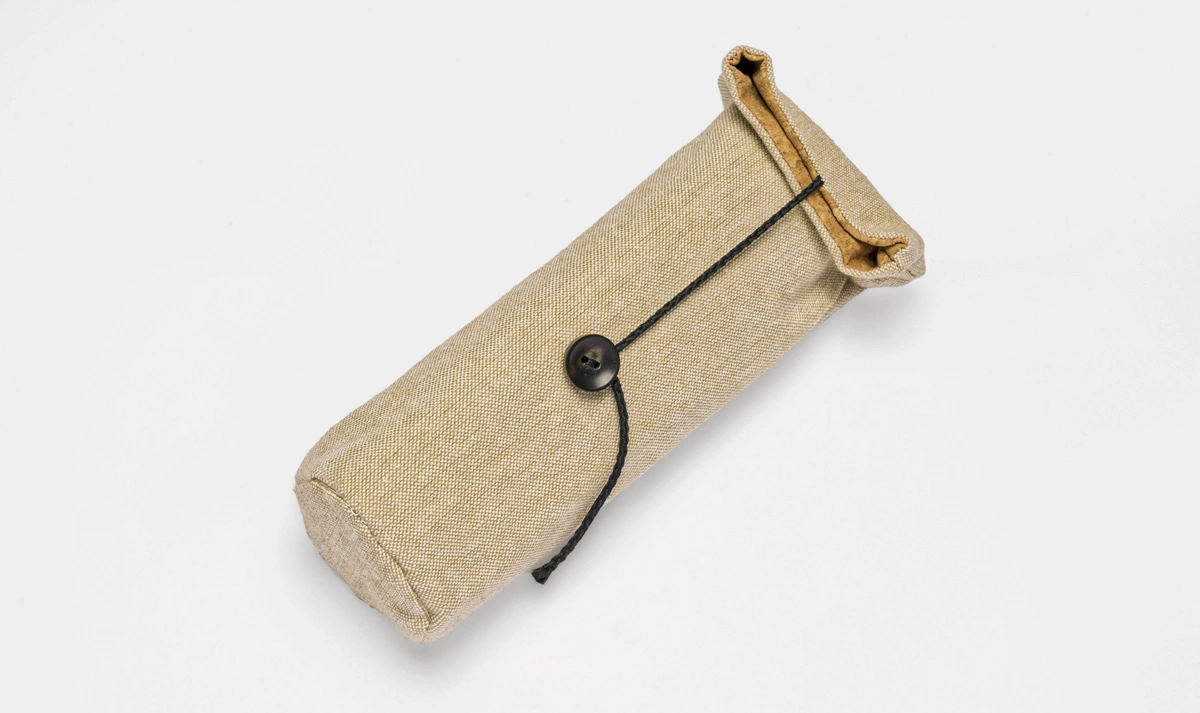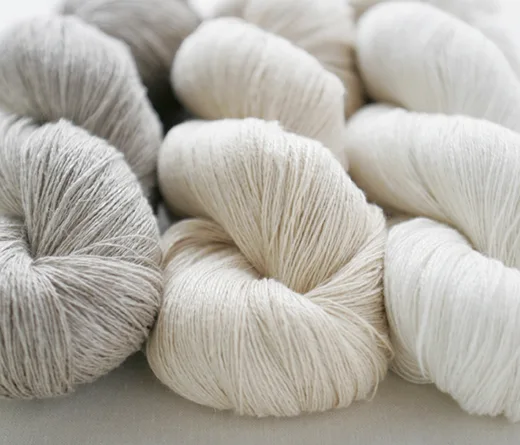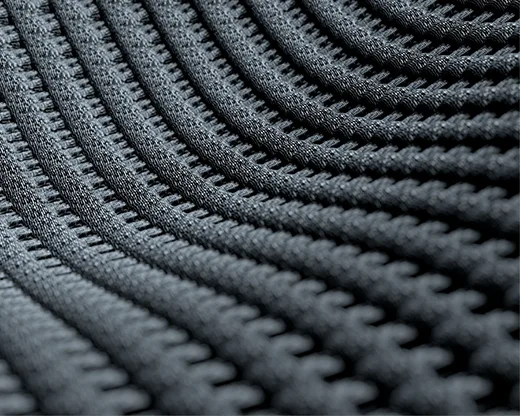The use of natural fibers in the textile industry is much older than the synthetic fibers that arrived in the 20th century. Because they are resistant and silky, they allow the creation of quality packaging, in different materials that last over time. And that makes all the difference with your customers!
As manufacturers of custom packaging since 1869, Les Etuis Mirault have modernized their machinery to produce on a larger scale while guaranteeing artisanal finishing touches, regardless of the fiber used. Our skills go even further: entrust us with the creation of your own fabric: certified natural fibers, weaves, custom colors… so many possibilities within your reach.




